What is Linen?
What is Linen? Everything in one blog
Linen is made from a plant called flax. Linen is famous because of its strength and durability hence it is known as versatile fabric. It is highly absorbent and can absorb up to 20% of its own weight. Linen is 100% natural and oldest fabric used by ancient Mesopotamia, ancient Egypt, ancient Greece. Russia is the largest cultivator and China is the largest producer of linen. Linen is one most stylish and charming bedding and clothing fabric, you can buy any kind of bedding which can be planned or printed. Presently, it is commonly viewed as a lavishness texture, not this time to its high generation cost. If you are asking that "what is linen?", there is much more to read about it. People love to read about it. Let's discuss each and every aspect of it.
Linen is the oldest fabric that comes from nature. Linen is thicker and crisper fabric. Comparing to cotton it is expensive too. The Linen fabric is also designers favorites Fabric and that can be appreciated by all Linen and bedding lovers.
What is Flax?
Flax is a plant that is grown for seeds and fiber. It is cultivated in a cooler place as a food and fiber crop. There are so many countries in the world those who are producing linen but the Western European countries are famous for producing the finest quality fabric. Western Europe and China are producing large amounts but still, Russia is a larger cultivator of it. Poland, Austria, France, Sweden, Denmark, Germany, Switzerland, India and some more countries are in the queue.
Olden Times of Linen:
Linen is the most established regular yarn at any point used to weave texture. It is evaluated that its first use was back in the human progress exactly a thousand years ago. Cloth missing its reputation in a few centuries ago as cotton generation twisted out to be a lot simpler and faster with turning technology. Pieces of evidence have found that 36000 years ago it was used. Egyptians have used it for mummification as it is a durable fabric. It was valuable that it was used as currency in Egypt. Mesopotamia is a region in Western Asia. In ancient Mesopotamia, it was used and produced. This was used by royal families. It is a laborious process to get it from flax fibers. It cost too much so Mesopotamian royals only had used it. Once in history, Belfast was famous for linen production but in Victorian-Era large production had taken place.
Advantages of Linen
Some best and positive result after using Linen bedding makes your Home attractive and gives a huge bunch of refreshed ambiance. Let's discuss the benefits of this fabric.
- You can wash and dry it in a washing machine.
- We can hand wash it.
- The biggest advantage of linen is strong flax fibers. Due to strong fibers, we can use it in various textures.
- Its bedding and clothes can be used in any kind of weather.
- It can even be used in a sticky climate since it is very permeable.
- Linen can shrink and the shrinkage percent of it is 4-5% that is natural but in the case of "hot tumble dry" it increases to 10-15%.
Nature of Linen
Linen fabrics have a refreshed natural shine. In linen, there is the widest colour range shades like Ivory, tan, light grey but white is the main colour of it, which shows the Luxury feeling and the royalty. It is natural fabric which is fully biodegradable. It is naturally moth resistant and good for people those who are suffering from allergies. Stylish clothes, bed linens and bath linens are made from it because of its strong fabric. This question what is linen helps all users that what makes your linen perfect for Home improvement.
The Texture of Linen
Quality texture may at first be gentler than cloth however material is known to mollify after some time without losing any of its tough properties. Linen cloth is additionally a superior cover responding to seasons and considering better air and dampness dissemination. It is additionally progressively spongy more Eco-accommodating and has great hypoallergenic properties ailing in cotton.
Truly in spite of the fact that cloth and linen might be comparative items in both their look and feel when thinking about the best texture for your sheets stonewashed material sheet material turn out tops. As cotton blurs and passes on following 2-3 years of utilization cloth sheets start to sparkle and make their mark staying around for the following couple of decades whenever took care of appropriately. I think this Confusion question, What is Linen, now understandable, easily.
Types of Linen
- Damask: Damask linen is woven using a special technique that creates a pattern in the fabric. These patterns can be intricate and are often used for tablecloths, napkins, and decorative linens. Damask linen is known for its elegance and can add a touch of sophistication to any setting.
- Plain Woven: Plain linen is the most common and basic type. It is known for its simplicity and versatility. This type of linen is often used for everyday clothing, tablecloths, and bed linens. It has a straightforward, plain weave that gives it a crisp, clean look.
- Loosely Woven: Loosely woven fabric refers to textile material in which the individual threads (warp and weft) are spaced further apart, resulting in a more open and airy weave structure. This type of weave allows for increased breathability and a lightweight feel, making it suitable for various applications.
- Sheeting: Sheeting linen is a type of linen fabric that is specifically designed and woven for use in making bed linens, particularly sheets. It is prized for its comfort, breathability, and durability, making it a popular choice for bedding in many households.
What is linen used for?
- Used in Gent's wear like Shirts, Pants, Blazers.
- Used in women's wear like dresses, skirts, undergarments.
- Table and Kitchen Clothes
- Bathroom items like bath sheet, bath towel, hand towel, face towel.
- Bedroom items like Sheets Sets, Bed Skirts, Pillows Covers, Duvet Covers, etc.
- Some painter uses its sheets for canvas painting.
- Uses in currency making.
Difference between Linen and Cotton
Difference between linen and cotton is plants, from fibres are obtained to make textiles from them. Linen is made from the flax plant and cotton is made from cotton plants. According to the evidence collected from Peru, Indus valley and Swiss Lake Dwelling, Linen is almost 8000 BC old and cotton is 6000 BC old.
- Linen is Thicker Compared to cotton
- Linen is Long-lasting Compared to cotton.
- It is crisper Compared to cotton.
- Linen is Older than cotton.
- Linen is Expensive fabric Compared to cotton.
- The Source of linen is a flax plant and cotton is a cotton plant.
Visit to learn more about cotton and cotton fibers.
Similarities in Linen and Cotton.
- Both are 100% natural fabrics.
- Both have a feature of moisture absorbency.
- Linen and cotton both the fabrics are breathable.
- Both are naturally hypoallergenic.
- Both are soft and comfortable fabric.
Production Process of Linen
- Growing: Climate condition plays a vital role in it. The best climate condition for growing flax is a cool climate. Flax plant needs deep. rich soil.
- Harvesting: If you see only seed bolls instead of flowers it is a good time for harvesting. Make sure it is not raining on the day of harvesting choose a dry day for harvesting.
- Drying: The bundles are laid on the farm to dry.
- Rippling: Rippling is a process of removing seeds from the plant.
- Retting: According to Wikipedia retting flax is the process of freeing the flax fibers from between the inner core and the outer layer of the flax stalks. There are two ways to do so and they are naturally and chemically.
- Scutching: Removing the woody portion of the stalks.
- Heckling: Heckling is a process of separating short fibers from large fibers by heckling combs.
- Spinning
- Bleaching/Printing/Finishing: This is the final step where coloring and printing take place.





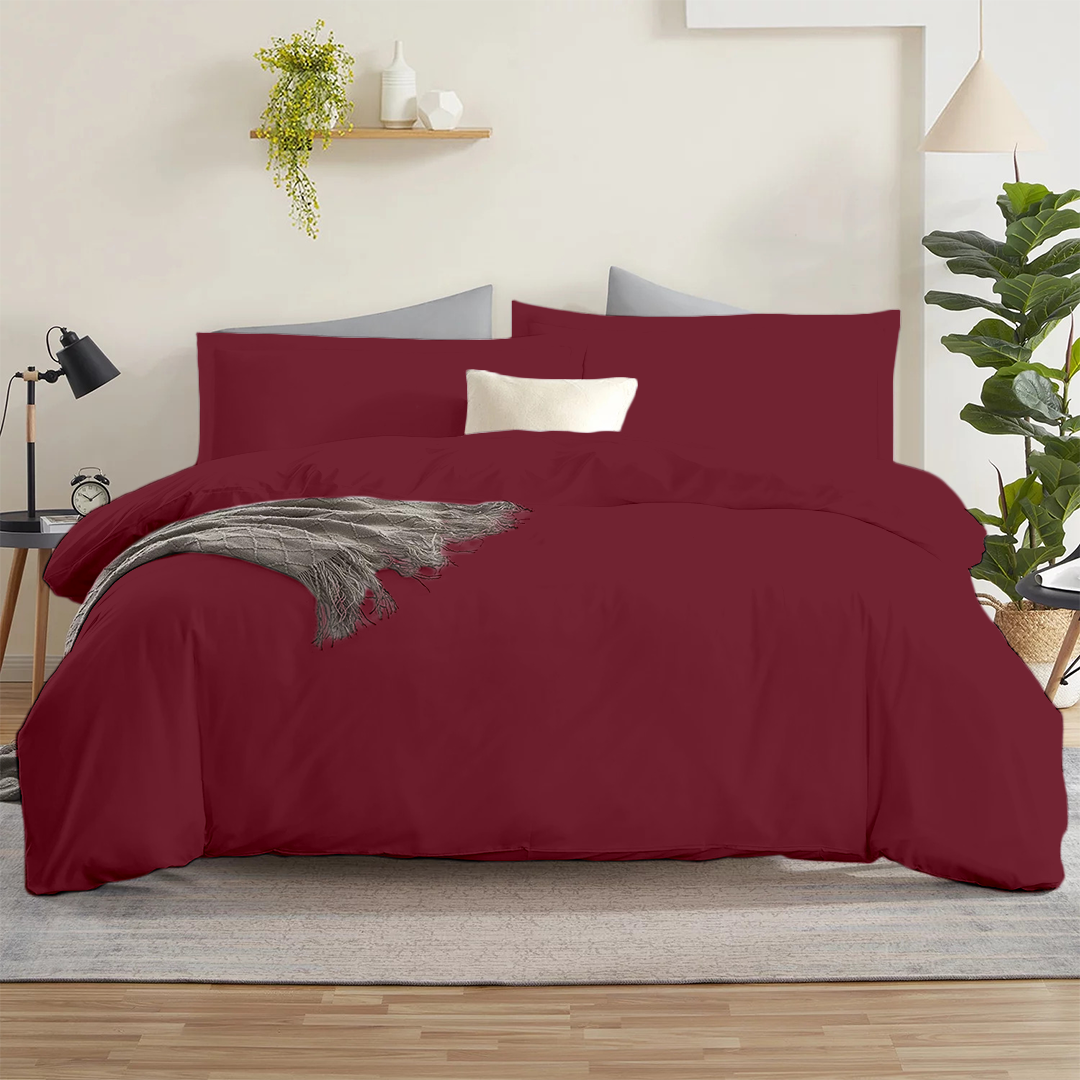



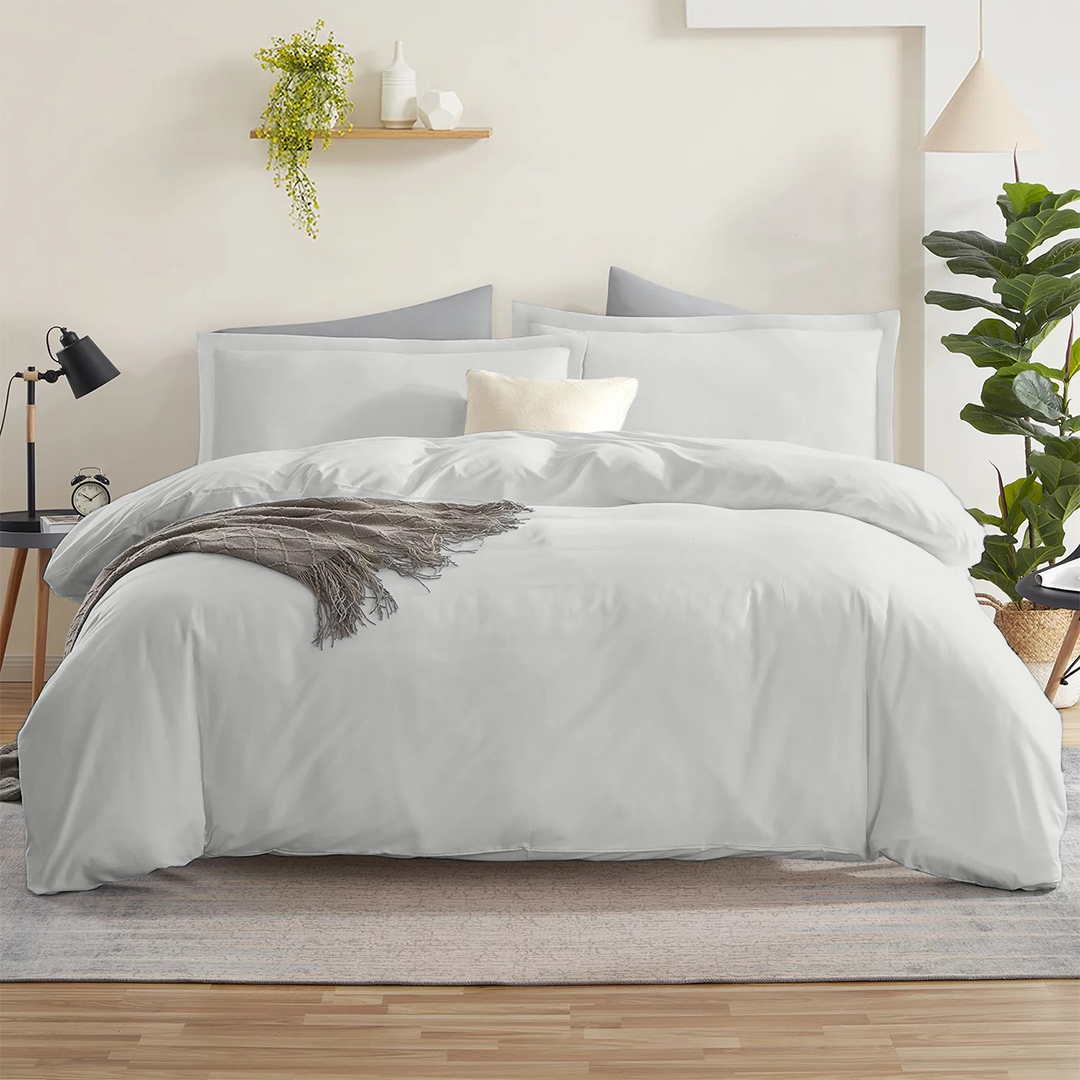

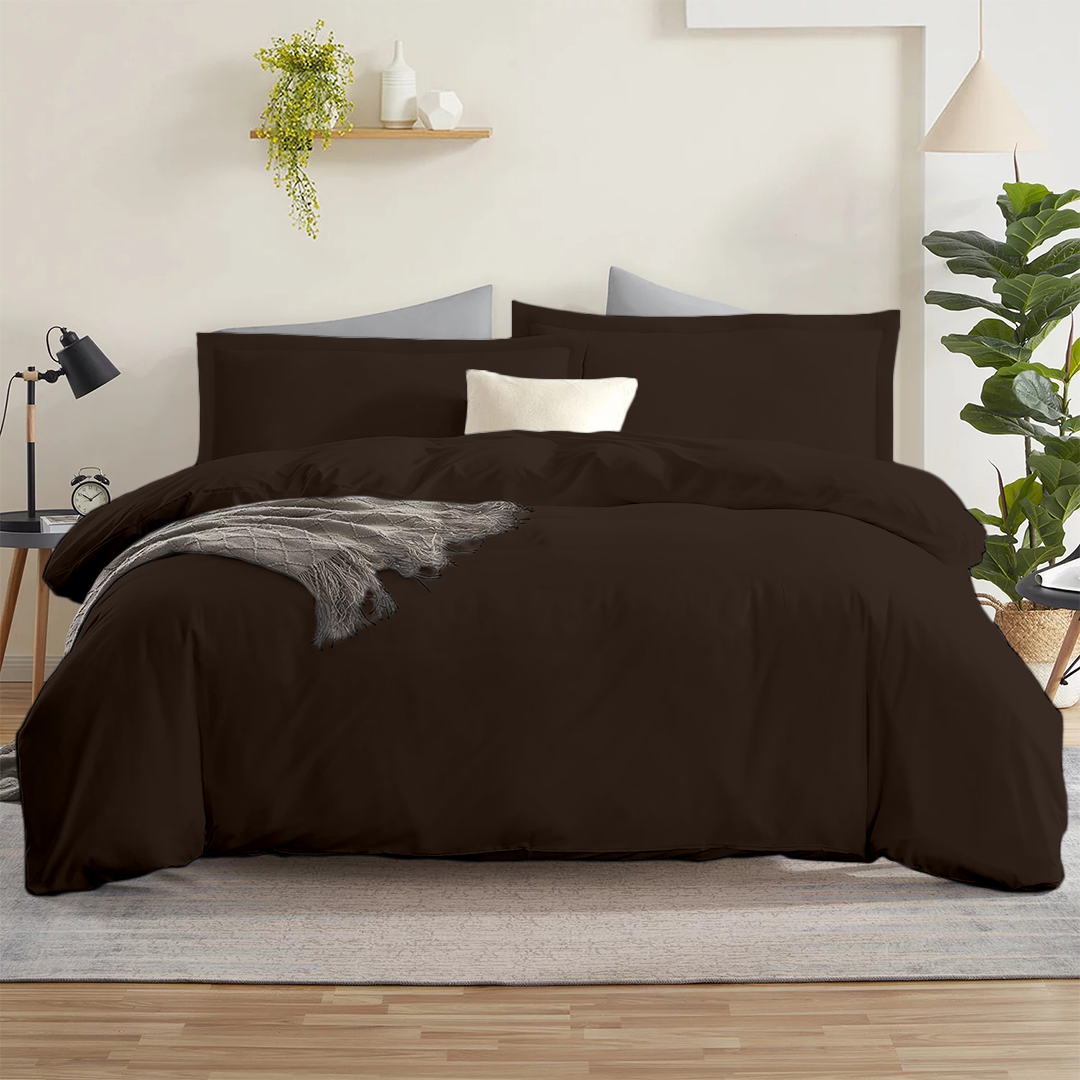

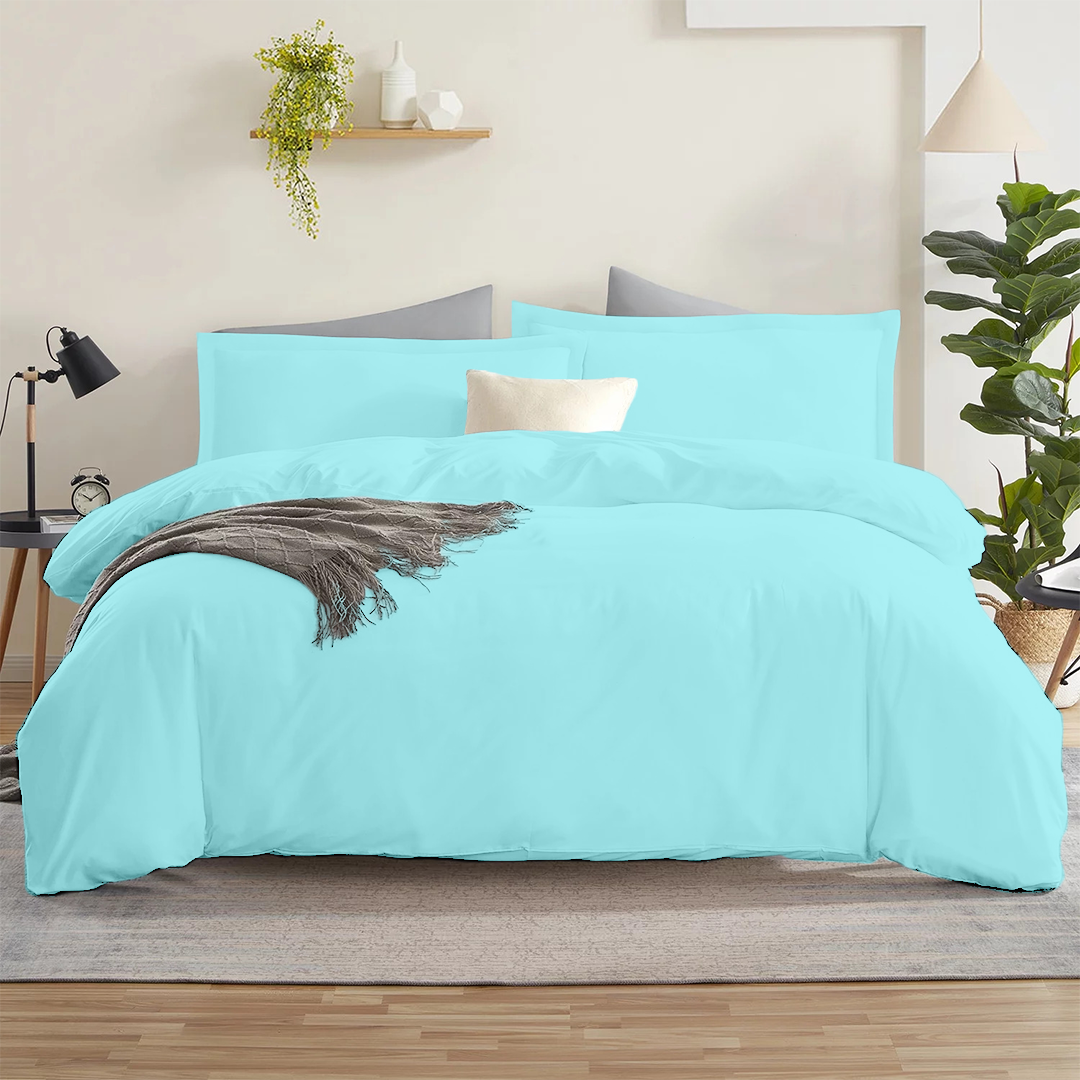






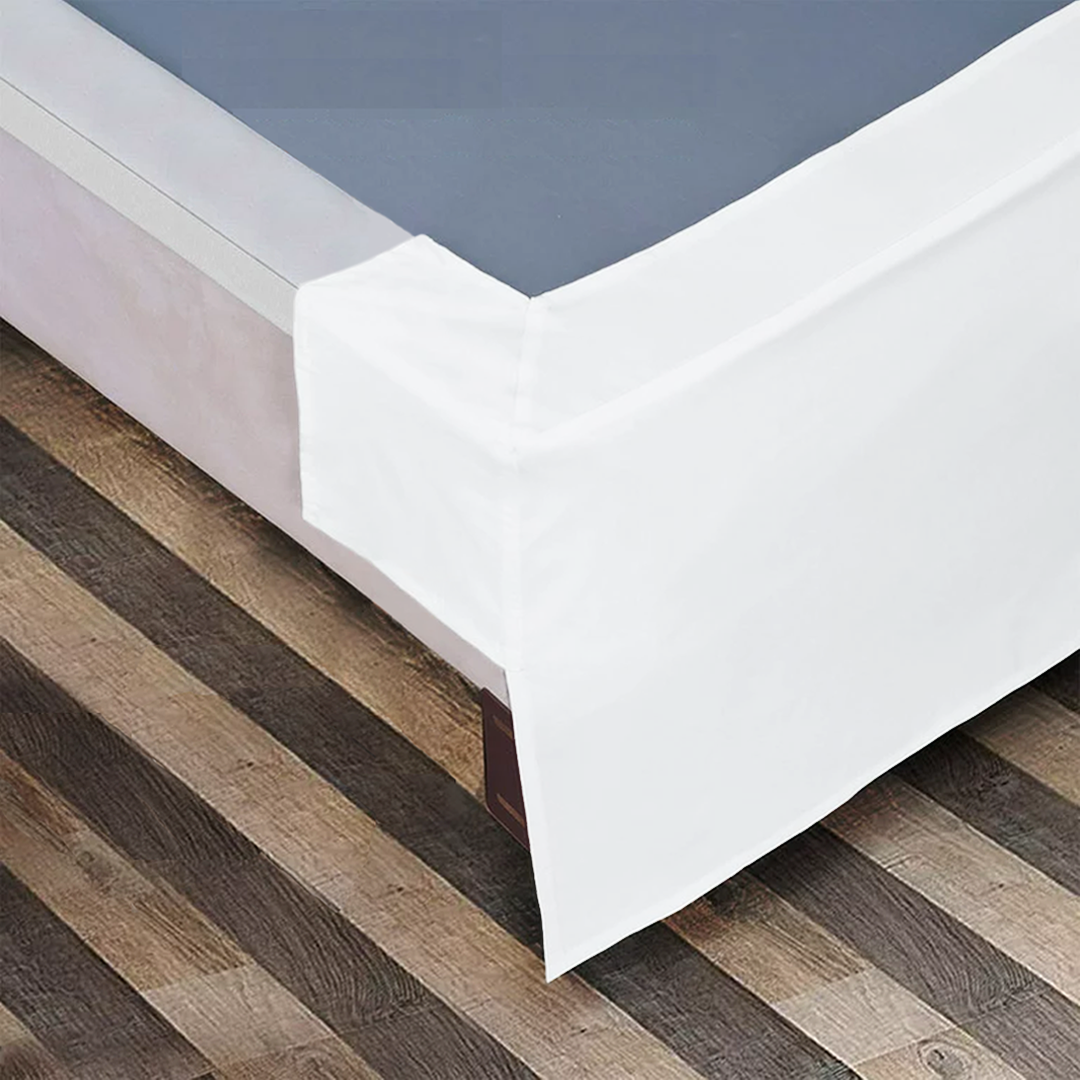






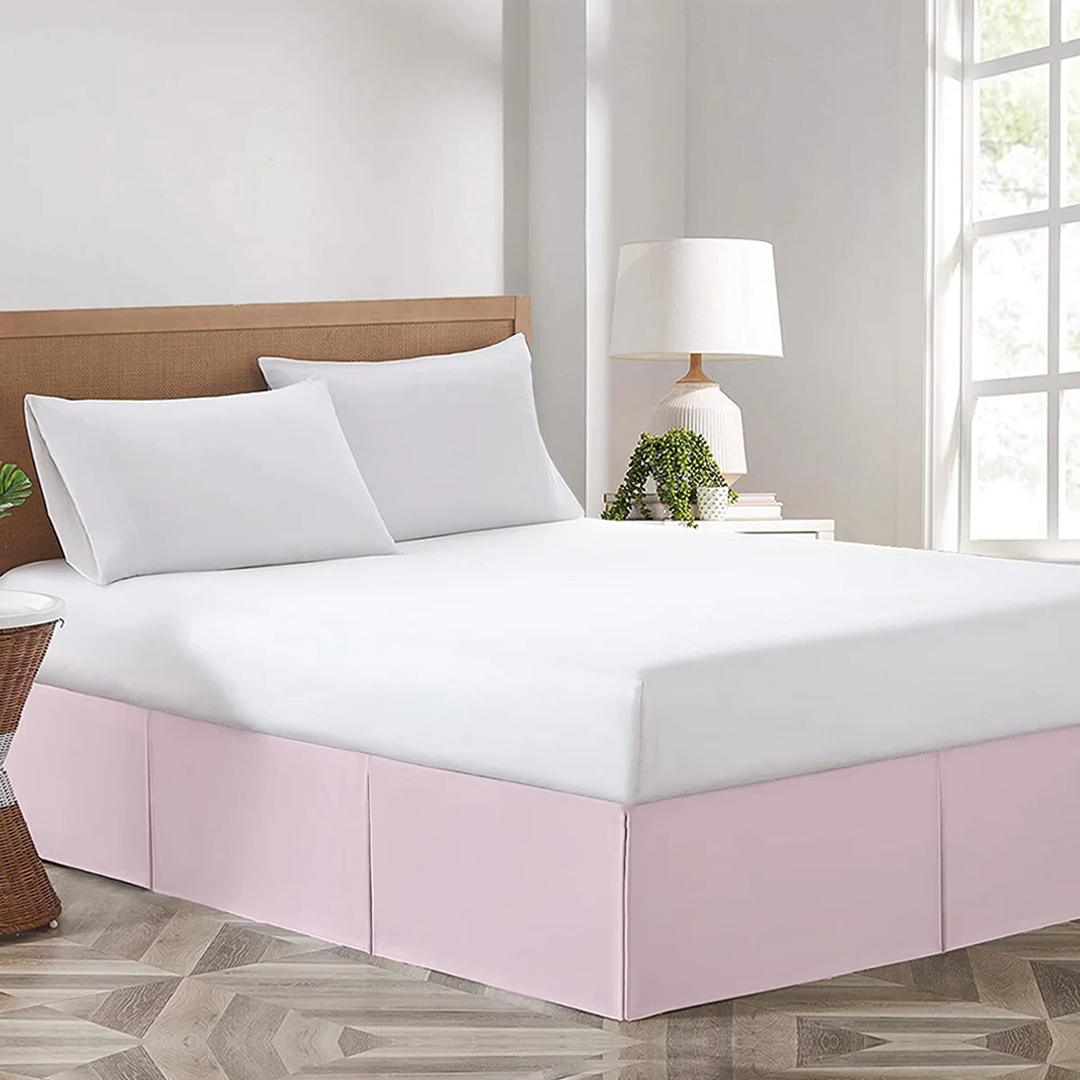


















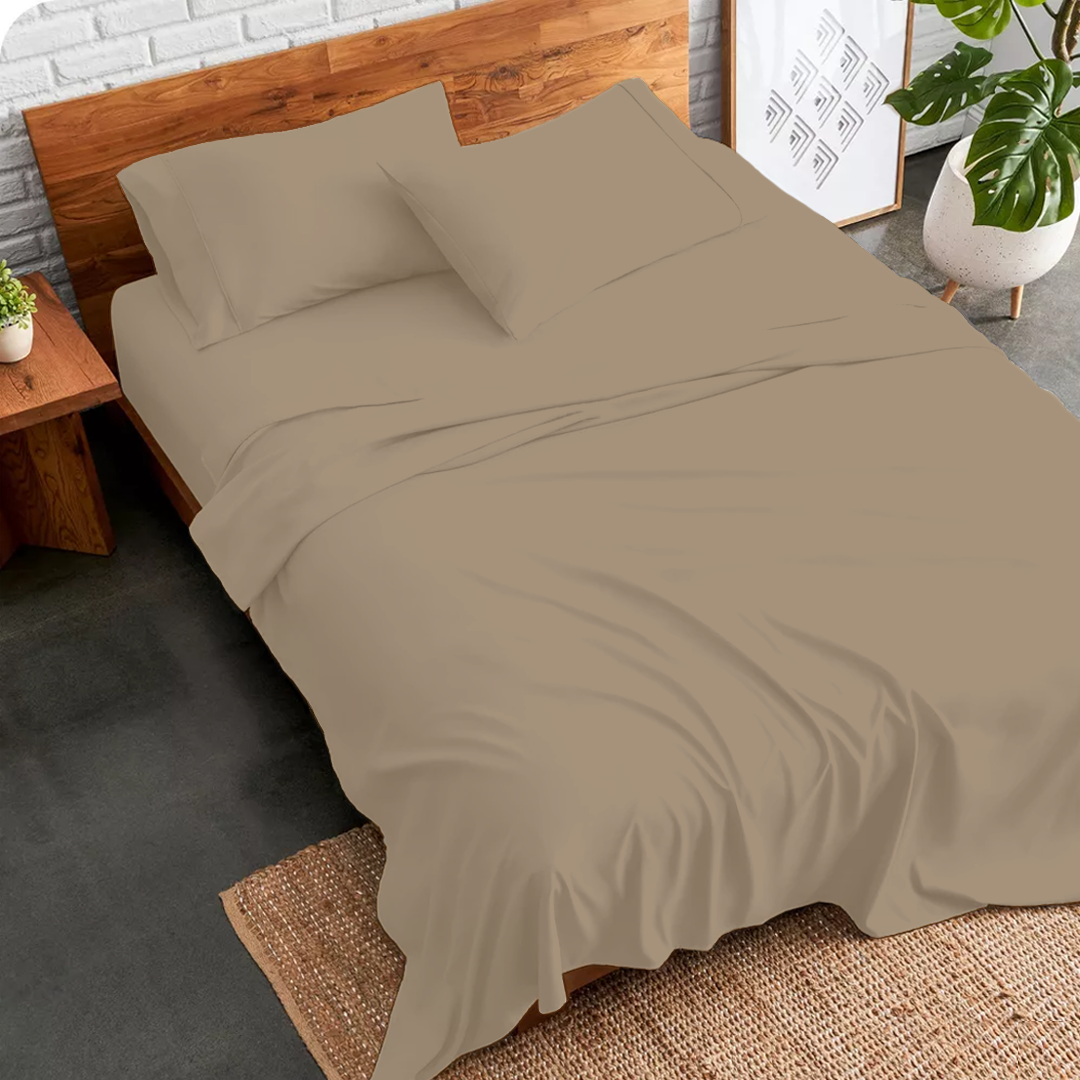
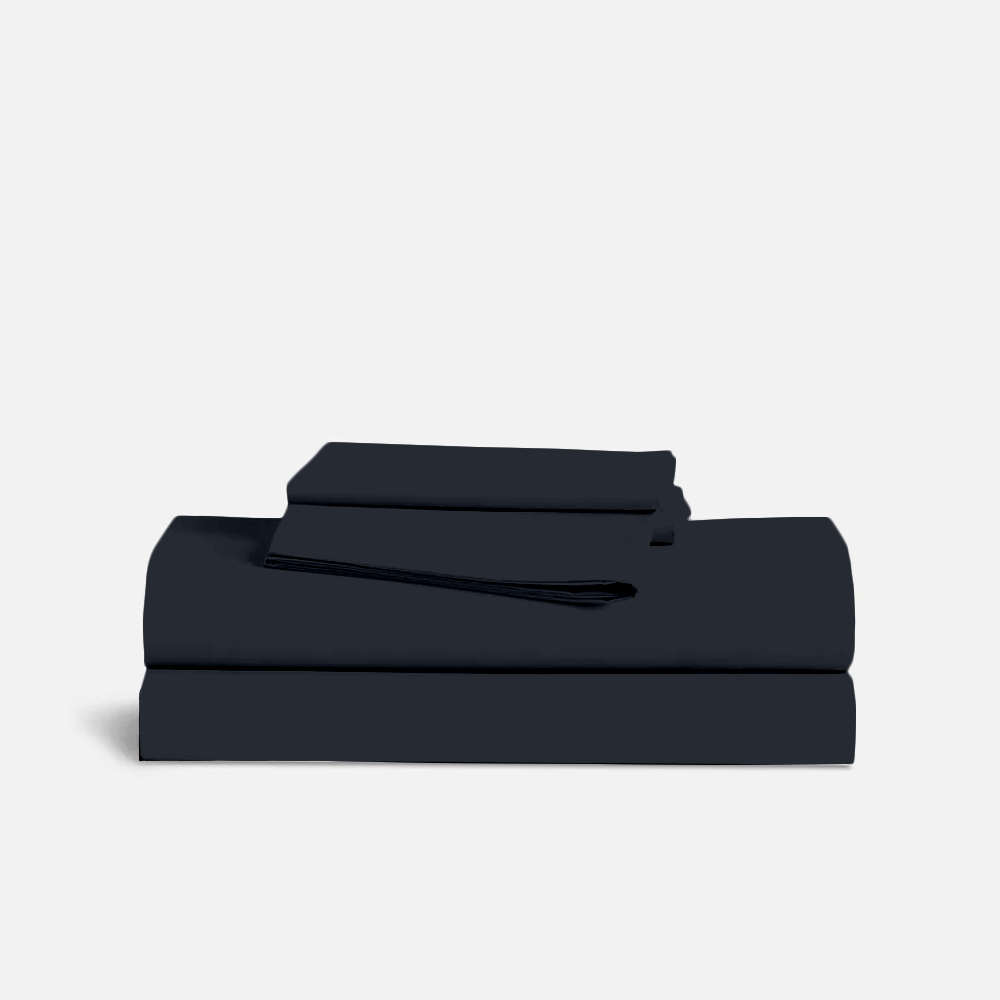

















1 comment
Linen
Helly Patel
Leave a comment
This site is protected by hCaptcha and the hCaptcha Privacy Policy and Terms of Service apply.